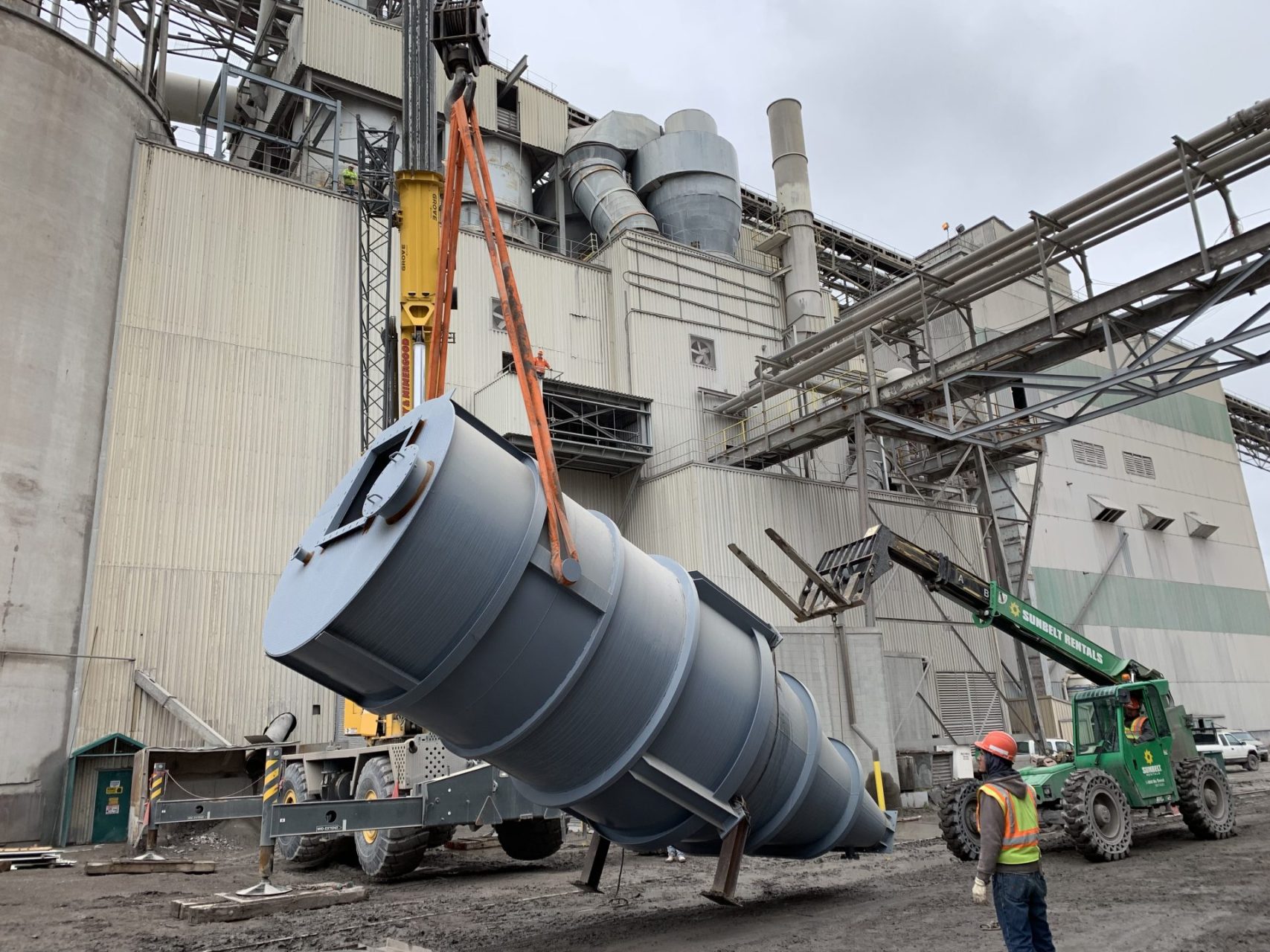The traditional manufacturing processes have been refined over the centuries and offer reliable scaling, cost-effectiveness, and established processes. The machining process, which involves removing materials from a piece of work, is ideal for creating complex and precise parts, especially in metals. Casting and molding are best for producing identical parts in high volume, using materials such as plastics, metals and composites. These methods have fueled industrial growth, and they remain important for many applications.
Conventional methods have their own limitations. They are not suitable for small-scale production or rapid prototyping because they have high tooling costs. The limitations of tooling and manufacturing processes can also limit the design complexity. Material waste, especially in machining processes, can be significant.
Additive Manufacturing as an alternative
Additive Manufacturing is a viable alternative. AM allows for unprecedented design freedom by building parts layer-by-layer from a digital model. This allows the creation of complex internal structures and intricate geometries that were previously impossible to create with conventional methods. Rapid prototyping is now much faster and more affordable, which allows for shorter iteration cycles and quicker product development. AM is also an advantage for customization, since it can produce parts that are unique and tailored to the needs of each customer. AM also minimizes waste as the material is only used where it is needed. It is therefore a viable option for environmentally friendly manufacturing.
Additive manufacturing is not without its challenges. The scalability of mass production is still an issue. Production speeds are often slower than traditional methods. The material selection is also less diverse than with conventional methods, even though the variety of materials available is always expanding. Cost per part may be higher in large production runs. However, advances in AM technology have been steadily reducing costs. The development of quality control and consistent properties is also required.
Future fabrication will likely not be a total replacement of one method by another, but a strategic integration. Existing hybrid manufacturing processes combine the advantages of both additive and traditional methods. AM, for example, can be used to produce complex parts with a near-net shape, which will then be finished using traditional machining to achieve precise tolerances. This method combines rapid prototyping and design freedom of AM with precision and surface finishing achievable by machining.
It is not a question of choosing between conventional and additive manufacturing but understanding their optimal applications. The conventional methods are still powerful and cost effective for mass production. This is especially true for simple geometries or materials that have been around for a long time. Additive Manufacturing excels at areas that require design complexity, customization and rapid prototyping. The future of fabrication is in integrating the strengths of both approaches to create a flexible, efficient and sustainable manufacturing environment. We can expect AM to continue to gain in popularity as technology matures and costs drop. This will lead to more innovative applications, and a blurring of lines between additive and traditional manufacturing. This dynamic interplay of old and new will influence the future of design, manufacturing, and interaction with the physical universe.
Are you ready to experience the Hawk EPC Difference?
Our team is here to guide you through every step of your project journey. Call us today to discuss your project and learn how our expertise can help you achieve your goals.
To learn more, contact Hawk EPC at 903-632-4464, info@hawkepc.com


0 Comments